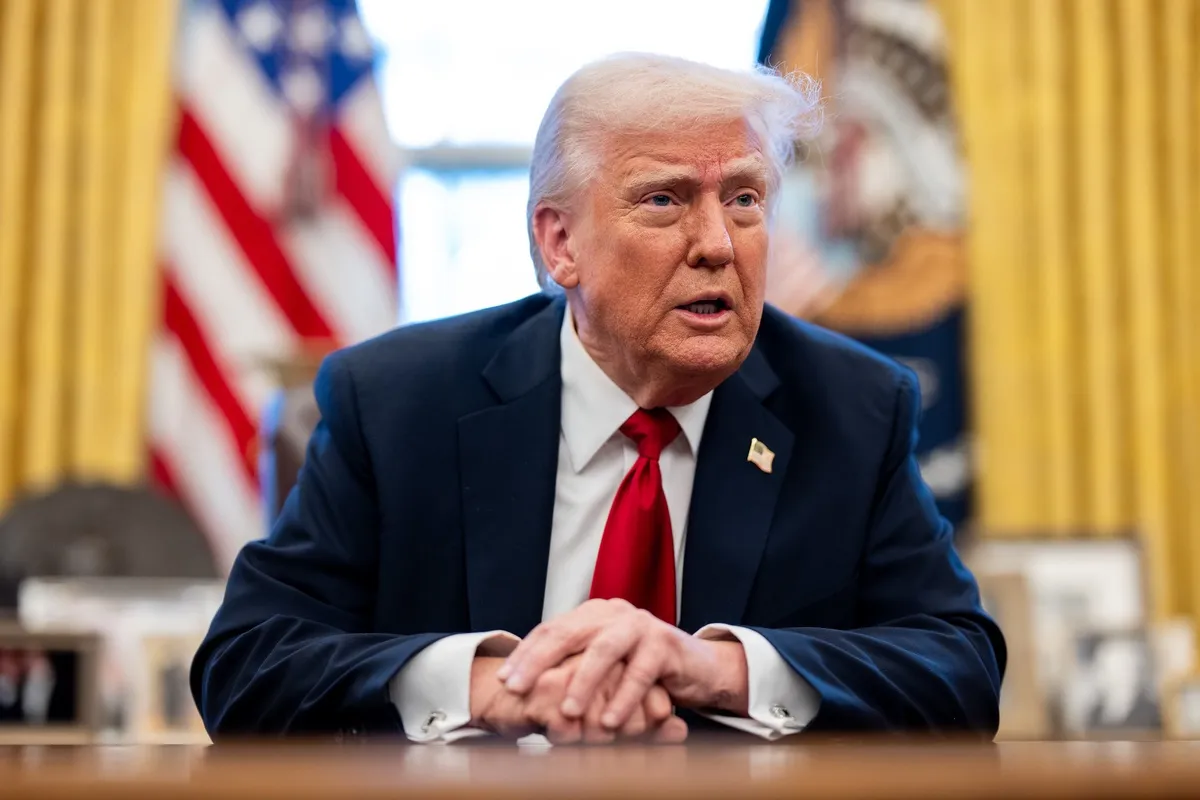The Meetings Industry Adjusts to Risk

Skift Take
Skift launched the latest edition of our magazine, Travel in an Age of Permanxiety, at Skift Global Forum in New York City in September. This article is part of our look into the current state of the traveler mindset through the lens of the pervasive state of anxiety felt worldwide.
Download the full version of Skift’s Travel in an Age of Permanxiety magazine here.
The impact of increasing social, political, and economic disruptions in the world today is roiling the meetings and events industry, perhaps more than any other sector in travel. That’s due to a range of factors. Large events are often planned a year or more in advance, so any uncertainty about a specific region makes long-term planning more challenging. Meeting and event planners also cater to a wide range of attendees who inherently differ in how they perceive the attractiveness of a destination at any given point in time. And, safety and security is now top-of-mind for planners, vendors, host venues, and sponsors, adding significantly to budgets and overall logistics, risk management, and liability concerns.
“Any and all obstacles thrown in the path of anyone considering hosting or attending an event is not good for our industry, so it’s our job to give them the resources to effectively connect buyers and sellers,” said Deborah Sexton, president and CEO of the Professional Convention Management Association (PCMA). “Our global industry community needs to collaborate more to create consistent messaging, best practices, and standards. Voicing mixed messages isn’t optimal today.”
Leading up to its annual Convening Leaders conference in January 2018, PCMA is crowdsourcing ideas online for educational sessions, where attendees can choose topics most relevant to them. For next year, new options include: protecting participants and your brand during an event crisis, geopolitical impact on business events, mitigating cyber threats, and mitigating risks for emerging threats. As well, Sexton says PCMA is expanding its online educational content focusing on risk and management.
“Face-to-face events are not going away,” Sexton said. “Through the education we deliver, face-to-face and online, we prepare our members on how to plan and prepare for disruption. From risk assessment and crisis management tools to advocacy efforts
with Meetings Mean Business and others, this topic is top-of-mind for PCMA.”
In June 2017, Meeting Professionals International (MPI) collaborated with the National Center for Spectator Sports Safety and Security at the University of Southern Mississippi to develop educational programming and resources. The first course — Emergency Preparedness for Meetings and Events — debuted at MPI’s 2017 World Education Congress over the summer.
“Over 44 percent of our planners said security and risk management has become the top topic when they meet with their executives on strategic planning,” said Paul Van Deventer, president and CEO of MPI, speaking during Global Meetings Industry Day last year. “It’s becoming part of how we do business. We know it’s going to happen. So how are you preparing for it? How are you changing your policies and procedures to prepare your attendees for it as well? It is now part of the DNA of meeting planning.”
The incentive travel sector is also adjusting to growing anxiety around global disruption. The Incentive Research Foundation just published the 2016 Event Disruption Study, which states: “Planners estimated they now spend up to 25 percent of their time planning for potential disruptions. Nearly 40 percent of planners expect that their time and effort to plan for disruptions will increase somewhat in the next two years.”
Kevin Hinton, president and CEO of the Society for Incentive Travel Excellence (SITE), said that he and other industry leaders have a responsibility to emphasize the power of international meetings and incentive travel to fight back against the growing neo-nationalism sweeping across the world.
“One thing we don't talk about enough, but it's critical in this kind of environment, is the power of having people from different countries and cultures come together through travel,” he said. “It’s about how you enable a company to bring people together, people from different countries, and how you overcome stereotypes because of people's
perceptions. In today's populist movement toward isolationism and fear of the unknown, or fear of the foreigner, that's where we have a responsibility to celebrate diversity and foster cross-cultural engagement within the design of our programs.”





